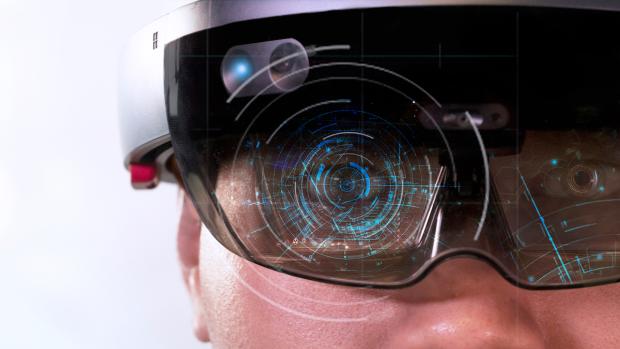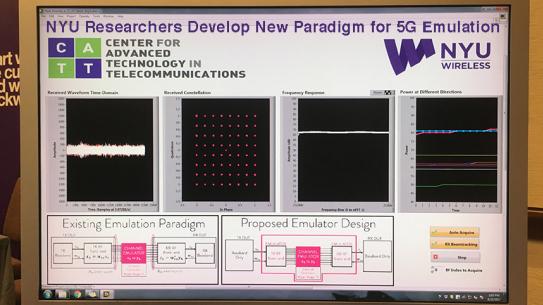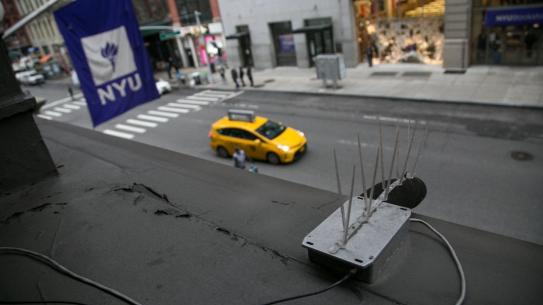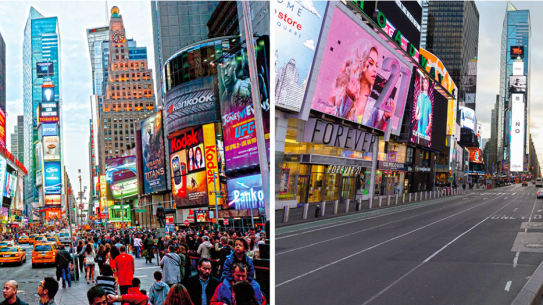Claudio Silva
-
Institute Professor
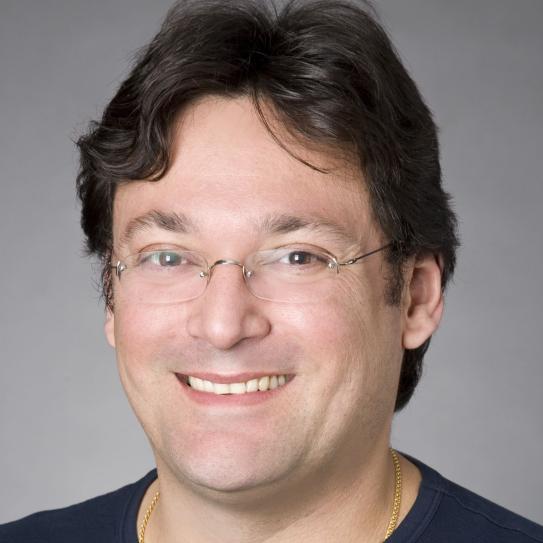
Cláudio T. Silva is Institute Professor of Computer Science and Engineering at NYU Tandon School of Engineering, and Professor of Data Science at the NYU Center for Data Science. He is also affiliated with the Center for Urban Science and Progress (which he helped co-found in 2012) and the Courant Institute of Mathematical Sciences. He received his BS in mathematics from the Universidade Federal do Ceará (Brazil) in 1990, and his MS and PhD in computer science at the State University of New York at Stony Brook in 1996. Claudio has advised 20+ PhD, 10 MS students, and mentored 20+ post-doctoral associates. He has published over 300 publications, including 20 that have received best paper awards. He has over 26,000 citations according to Google Scholar. Claudio is active in service to the research community and is a past elected Chair of the IEEE Technical Committee on Visualization and Computer Graphics (2015–18).
Claudio is a Fellow of the IEEE and has received the IEEE Visualization Technical Achievement Award. He was the senior technology consultant (2012-17) for MLB Advanced Media’s Statcast player tracking system, which received a 2018 Technology & Engineering Emmy Award from the National Academy of Television Arts & Sciences (NATAS). His work has been covered in The New York Times, The Economist, ESPN, and other major news media.
Education
Universidade Federal do Ceara 1990
BS, Mathematics
State University of New York at Stony Brook 1996
PhD, Computer Science
Experience
New York University School of Engineering
Professor
From: July 2011 to present
University of Utah
Professor
From: August 2003 to June 2011
Information for Mentees
About Me: I was Professor of Computer Science at the University of Utah (2003-2011) before coming to NYU in 2011. I am currently appointed between Tandon CSE and the Center for Data Science. At Tandon, I've served as Chair of TPC.
Research News
NYU Tandon researchers unveil tool to help developers create augmented reality task assistants
Augmented reality (AR) technology has long fascinated both the scientific community and the general public, remaining a staple of modern science fiction for decades.
In the pursuit of advanced AR assistants – ones that can guide people through intricate surgeries or everyday food preparation, for example – a research team from NYU Tandon School of Engineering has introduced Augmented Reality Guidance and User-Modeling System, or ARGUS.
An interactive visual analytics tool, ARGUS is engineered to support the development of intelligent AR assistants that can run on devices like Microsoft HoloLens 2 or MagicLeap. It enables developers to collect and analyze data, model how people perform tasks, and find and fix problems in the AR assistants they are building.
Claudio Silva, NYU Tandon Institute Professor of Computer Science and Engineering and Professor of Data Science at the NYU Center for Data Science, leads the research team that will present its paper on ARGUS at IEEE VIS 2023 on October 26, 2023, in Melbourne Australia. The paper received Honorable Mention in that event’s Best Paper Awards.
“Imagine you’re developing an AR AI assistant to help home cooks prepare meals,” said Silva. “Using ARGUS, a developer can monitor a cook working with the ingredients, so they can assess how well the AI is performing in understanding the environment and user actions. Also, how the system is providing relevant instructions and feedback to the user. It is meant to be used by developers of such AR systems.”
ARGUS works in two modes: online and offline.
The online mode is for real-time monitoring and debugging while an AR system is in use. It lets developers see what the AR system sees and how it's interpreting the environment and user actions. They can also adjust settings and record data for later analysis.
The offline mode is for analyzing historical data generated by the AR system. It provides tools to explore and visualize this data, helping developers understand how the system behaved in the past.
ARGUS’ offline mode comprises three key components: the Data Manager, which helps users organize and filter AR session data; the Spatial View, providing a 3D visualization of spatial interactions in the AR environment; and the Temporal View, which focuses on the temporal progression of actions and objects during AR sessions. These components collectively facilitate comprehensive data analysis and debugging.
“ARGUS is unique in its ability to provide comprehensive real-time monitoring and retrospective analysis of complex multimodal data in the development of systems,” said Silva. “Its integration of spatial and temporal visualization tools sets it apart as a solution for improving intelligent assistive AR systems, offering capabilities not found together in other tools.”
ARGUS is open source and available on GitHub under VIDA-NYU. The work is supported by the DARPA Perceptually-enabled Task Guidance (PTG) program.
ARGUS: Visualization of AI-Assisted Task Guidance in AR


